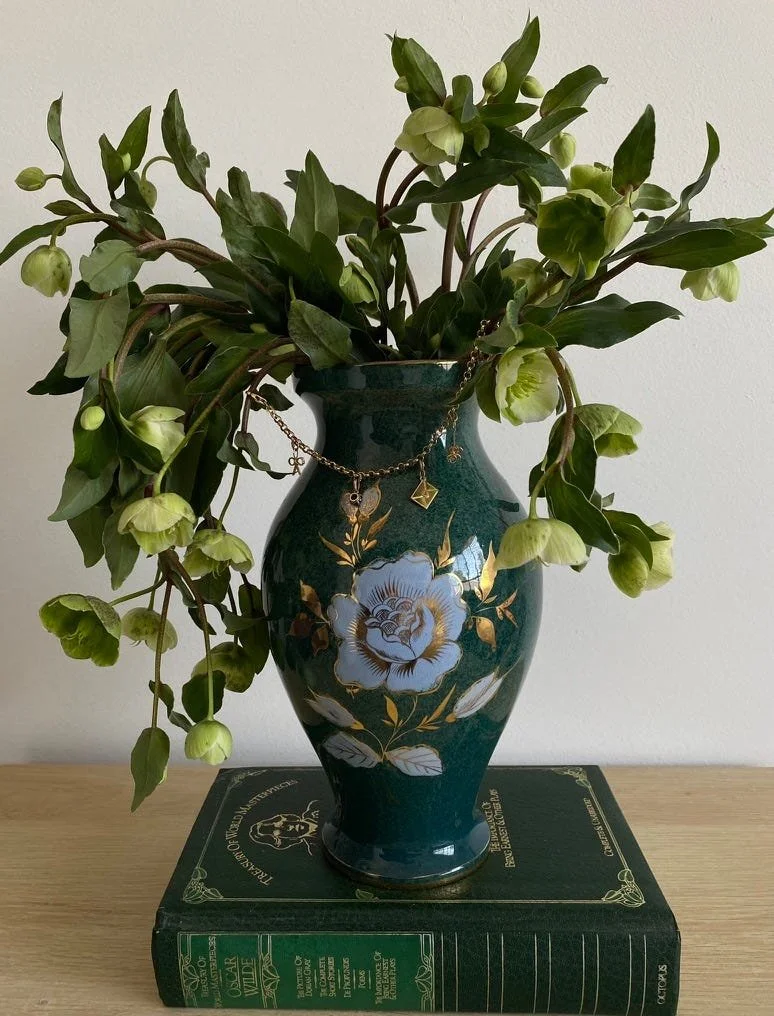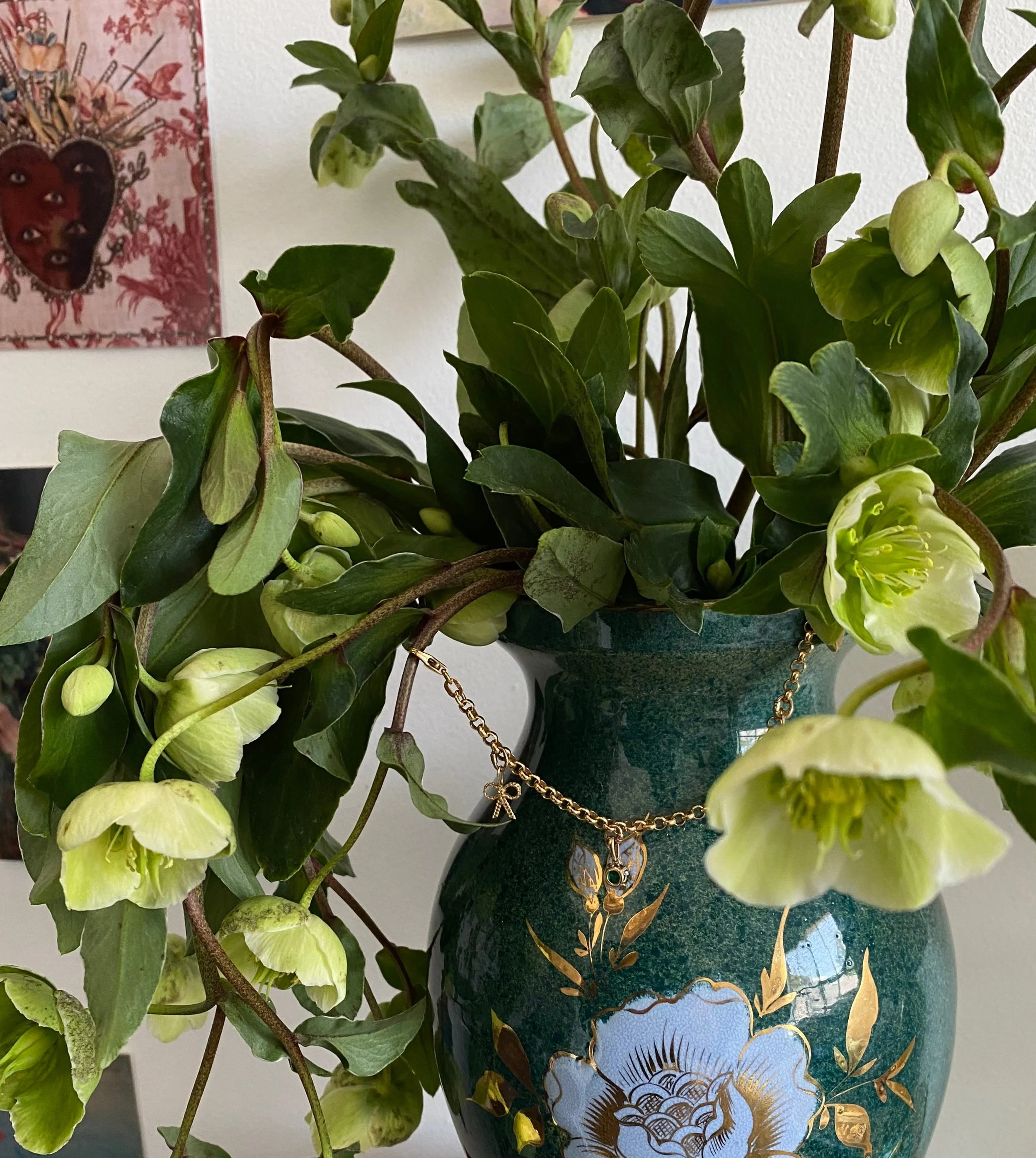Plants of Gods: Hellebores
I first came across Hellebores in Madeline Miller’s epic novel, Circe. They were one of the many enchanted plants that sprawled across the vegetation of Circe’s island, Aiaia. Miller describes the natural beauty of Aiaia as if she is there herself; I could almost smell the green aromas of her herbal poisons boiling in the kitchen:
Spring passed into summer, and summer into fragrant autumn. There were mists now in the morning, and sometimes storms at night. Winter would come soon with its own beauty, the green hellebore leaves shining amid the brown, and the cypresses tall and black against the metal sky.
Hellebores were commonly used plants in Greek antiquity for their drastic ability to both heal and poison those that consumed them. In mythology, Melampus of Pylos made a brew of Hellebores as a tincture for madness, and in the Middle Ages, it was used to purge the body of plagues and bile.
However, Hellebores also served for more malignant purposes. It’s toxic roots were used by the Amphictyonic League of Delphi to poison citizens of Kirrha in The First Sacred War. It was infiltrated into the kingdom’s water system, causing those who drank the communal supply to swell up in the throat, and ultimately suffocate.
Today, the ‘Winter Rose’ dangles unassumingly from a vase beside an Oscar Wilde on my bedside. Vengeance and remedy concealed in ancient bell shaped buds.


